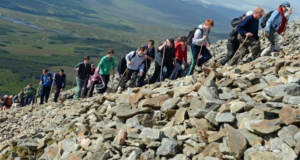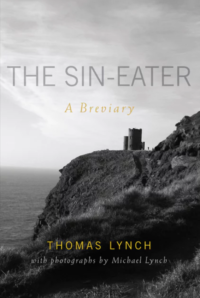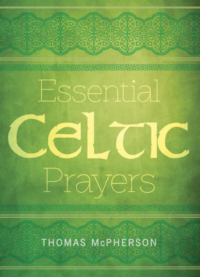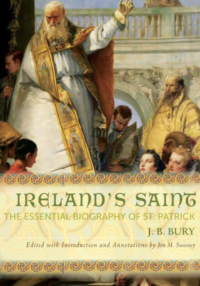Learn about the rugged, fiery, faith-filled man behind the myth — the saint who was captured as a child, was converted in the lonely wilderness, and returned to spread the love of Christ in the land of his captivity.
1. “A boundary against night”
Legend has it that after St. Patrick’s death on March 17 in AD 493, there was no night for twelve days, and people said that for a whole year the nights were less dark than usual.
2. Patrick used his “weakness” as his strength
Inevitably, a man of Patrick’s force of character and achievements would have aroused some feelings of jealousy and voices of detraction….One charge that was brought against Patrick was his lack of literary education. On this count Patrick disarms the criticism by a full admission of his rusticatas, his lack of culture, and acknowledges that as he grows old he feels his deficiency more and more…..His narrative is designed to show that it was entirely God’s doing, who singled him out, untrained and unskilled though he was. He explained that there were not worldly inducements to support the divine command, that he obeyed simply without any ulterior motive, and in opposition to the wish of his family.
3. Patrick’s wish for the Irish (and you and me):
Patrick wished the Irish to have two phrases ever on their lips, Kyrie Eleison and Deo Gratias; Lord have mercy, and Thanks be to God. It was between these two prayers that Patrick lived out his full and saintly life. It is where we, too, will find fullness of life— trusting in the forgiveness of the One who loves us, and eternally grateful for everything.

4. Did you know there is a mountain named after Patrick?
Patrick spent six years of his young life near the forest of Fochlad, and the small mountain called Crochan Aigli, or “Eagle Mountain.” The latter has since been renamed Croagh Patrick; at 2,510 feet tall, it sits close to the town of Westport in County Mayo and is visited by tens of thousands of pilgrims each year, particularly on the last Sunday of July, when many of them climb the mountain barefoot. It is said that Patrick fasted for forty days on the mountain at some point during his lifetime, and from its summit drove the snakes out of Ireland.
5. Patrick’s prayer life:
In his own words: “After I came to Ireland, I was daily tending sheep, and I prayed frequently during the day, and the love of God, and His faith and fear, increased in me more and more, and the spirit was stirred. In one single day I have said as many as a hundred prayers, and in the night nearly the same.”
“But this I know for certain: Before I was humbled, I was like a stone lying in deep mud, until He who is powerful came and in His mercy raised me up, and cared for me and placed me in His Protection.”
(This text is taken from Ireland’s Saint: The Essential Biography of St. Patrick by J. B. Bury, edited with Introduction and Annotations by Jon M. Sweeney)





